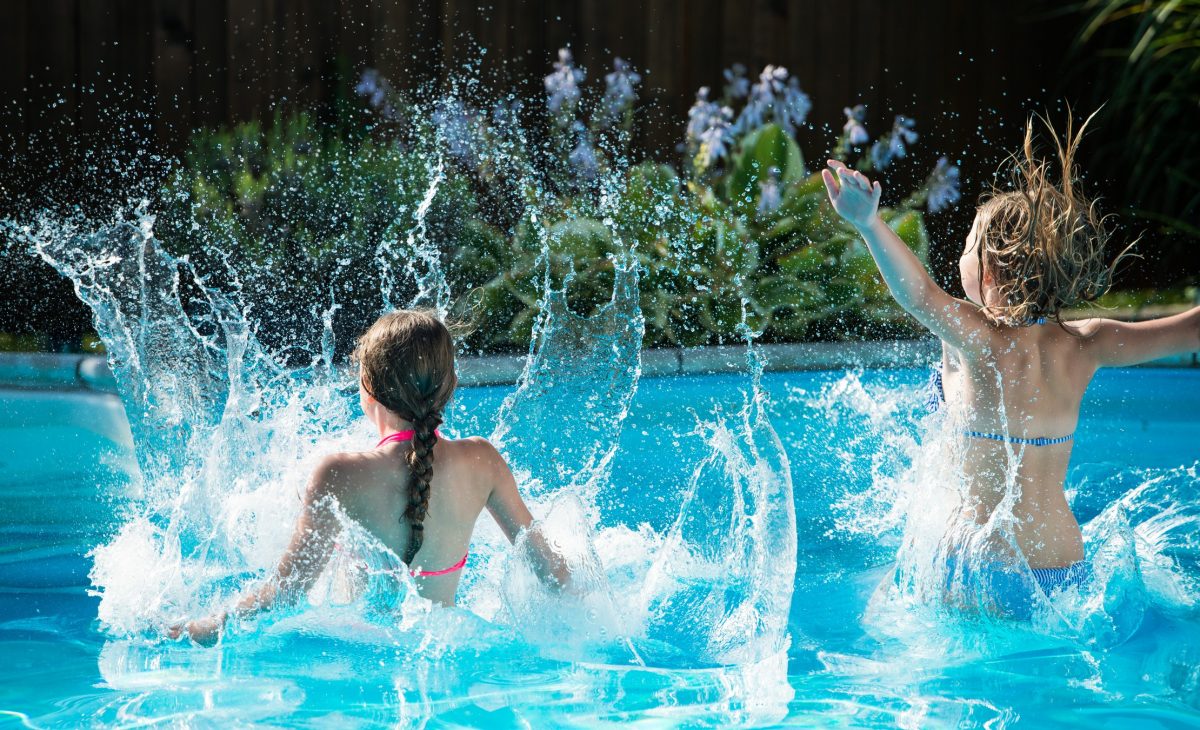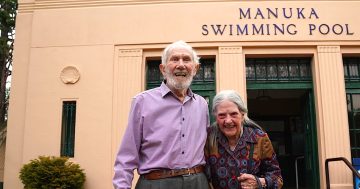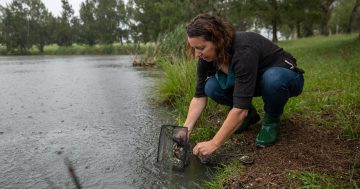
The new rules kick in from 1 May, 2024. Photo: File.
It’s been years in the making, but the rules around private swimming pools and spas are about to change in the ACT.
The ACT Government will “require all home swimming pools to have a barrier compliant with modern safety standards” by May 2028, with a grace period of four years to give homeowners time to install one.
Currently, pool owners in the ACT are only held to the standard that applied when their pool was constructed.
Since 2004, this meant any pool deeper than 30 centimetres must have a fence at least 1.2 metres high around it. But before that, requirements were even looser to include a “suitable barrier or safety fencing”, with no need to upgrade as standards improved.
ACT Minister for Sustainable Building and Construction Rebecca Vassarotti said the time for change was well overdue.
“The home swimming pool is the most common location for a drowning death and serious injury for children under the age of five,” she said.
“It is not only children who live in houses with swimming pools … children and relatives who may be visiting or children from neighbouring properties are also at risk.”
The proposed changes were opened to public consultation in February this year.
They require a pool to be surrounded by a fence at least 1.2 m high all the way around, with a “non-climbable zone” of at least 90 cm (i.e., no handles or footholds).
The gate must be self-closing from any open position (even slightly ajar) and the latch mechanism must be more than 1.5 m from the ground.
The rules apply to all ACT swimming pools and spas associated with residential buildings such as houses, units and townhouses, provided they’re capable of containing more than 30 cm of water.
And yes, this includes paddling pools for kids but there is a loophole that stipulates as long as it’s not full of water for more than three days, there’s no need for a fence.
Other exemptions include if you’ve had to knock down part of a building or a protected tree to put up the barrier.
The framework will also not apply to public pools, which fall under a different legislation in the the Public Pools Act 2015.
Swimming pools and spas have been required to comply with the modern standard since 1 May, 2013, so as long as yours was built before then, you’re covered.
If not, you’ll have four years from 1 May, 2024, to either install a new barrier or obtain an exemption.

Minister Rebecca Vassarotti said pool owners would be given four years to “plan for this financial commitment”. Photo: Michelle Kroll.
Ms Vassarotti said the rules had been made “conscious” of the financial impact on households.
“Owners may incur costs in needing to make their current barrier comply with the requirements and therefore government has provided a transition period to allow people to plan for this financial commitment,” she said.
“This transition period will also allow for the spreading out of upgrade work across the period to not unduly impact on the supply of materials or the available workforce.”
The cost of pool fencing varies from backyard to backyard, but typically ranges from $200 to $600 per metre. The total cost can range from $1500 to $10,000 or more, including materials and labour.
And the Government will be checking.
A ”certificate of compliance” must be issued every five years by a licensed building surveyor or approved installer. and then lodged with the Government. If the pool fails, the property owner or owners’ corporation has a maximum of six months to fix the issue.
The compliance status of a pool must also be disclosed to any buyers or renters of the property.
Ms Vassarotti described the bill as a “sensible and modest reform … focused on ensuring our collective responsibility to keep infants and children protected and safe in private homes”.





















